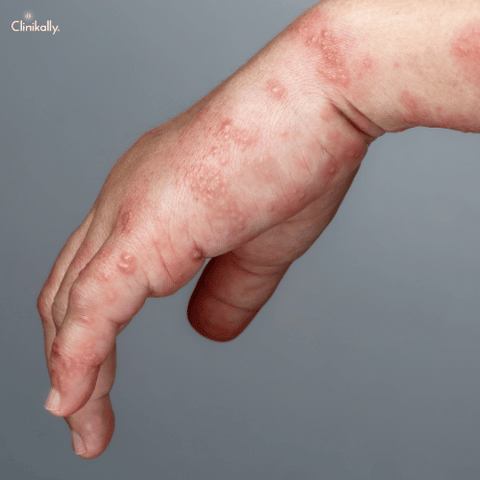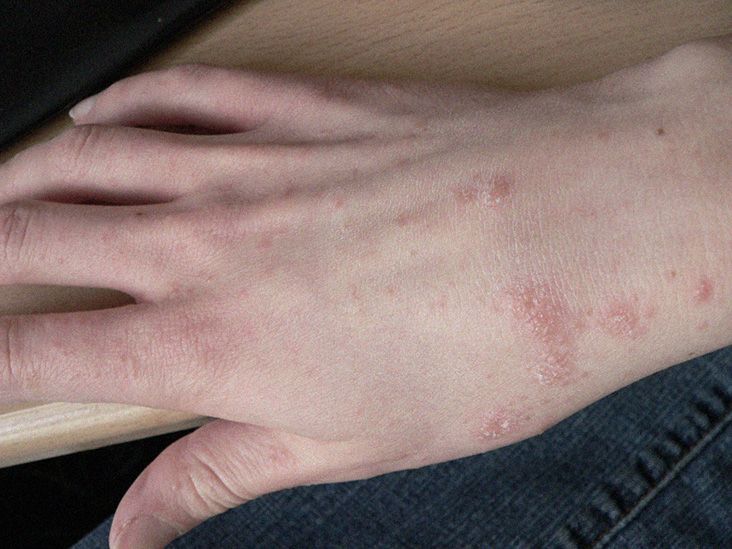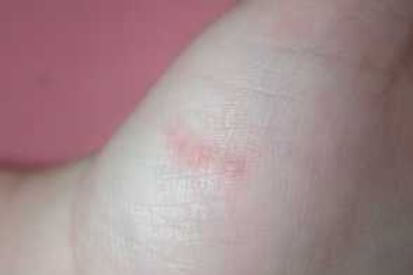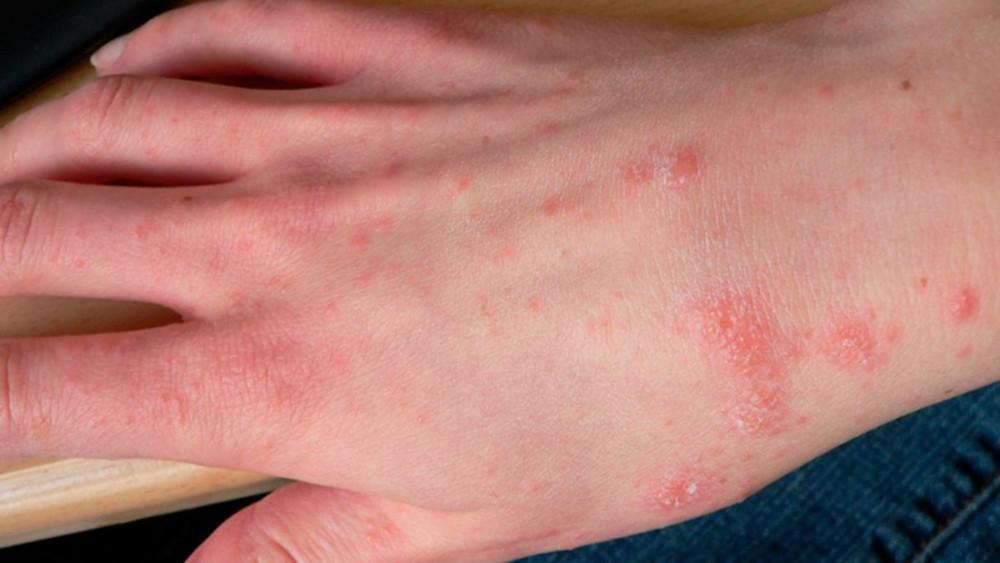Scabies is a highly contagious skin condition that affects people of all ages, races, and socioeconomic backgrounds. Despite being common, it is frequently misdiagnosed or mistaken for other skin issues such as eczema, dermatitis, or allergic reactions. Caused by a microscopic mite, scabies can lead to intense itching and skin irritation—but it is entirely treatable with the correct diagnosis and medication.
In this article, we explain what scabies is, how it spreads, the key symptoms, and what treatment options are recommended by medical professionals.
What Causes Scabies?
Scabies is caused by an infestation of the Sarcoptes scabiei mite. These microscopic parasites burrow into the upper layer of human skin to live and lay eggs. The body’s immune response to these mites, their eggs, and waste products leads to the characteristic symptoms of the condition.
The Centers for Disease Control and Prevention (CDC) notes that once a person becomes infested, symptoms may take 2 to 6 weeks to appear for those with no previous exposure. However, in people who have had scabies before, symptoms may appear within 1 to 4 days due to a quicker immune reaction.
Source: Centers for Disease Control and Prevention (CDC)

How Is Scabies Spread?
Scabies is primarily spread through prolonged skin-to-skin contact with an infested person. This makes it especially common among members of the same household, caregivers, and sexual partners.
While brief contact (like a handshake) typically does not spread the infestation, close physical interactions over extended periods can allow the mites to transfer. Additionally, sharing personal items, such as towels, clothing, or bed linens, may spread the mites in certain cases, particularly if the infested person has a severe form known as crusted scabies.

Common Symptoms of Scabies
The primary symptom of scabies is intense itching, especially at night. This is accompanied by a rash that can resemble small pimples, blisters, or scales. The itching is caused by an allergic reaction to the mites and their waste.
Key Symptoms Include:
- Persistent itching, especially during nighttime
- Red or skin-colored bumps and rashes
- Thin, irregular burrow tracks on the skin, often in folds
- Sores caused by scratching, which can become infected
- Crusting and scaling in more severe cases
Scabies commonly affects areas such as:
- Between the fingers
- Wrists and elbows
- Armpits
- Waistline
- Buttocks
- Genital area
- Feet and ankles
In infants and young children, the mites may also infest the face, neck, palms, and soles.
Source: American Academy of Dermatology Association (AAD)

Crusted Scabies (Norwegian Scabies)
A more severe form of scabies, known as crusted scabies, occurs most often in people with weakened immune systems, such as the elderly or those undergoing certain medical treatments. In these cases, the skin becomes thick, scaly, and crusted, and it can contain thousands of mites—making it highly contagious.
Unlike typical scabies, itching may be less severe in crusted scabies. Due to the large number of mites present, it requires prompt and aggressive medical treatment.
Source: World Health Organization (WHO)
How Is Scabies Diagnosed?
To confirm a scabies diagnosis, a healthcare provider will examine the rash and consider your symptoms and medical history. In some cases, a skin scraping may be performed to look for mites, eggs, or mite feces under a microscope.
Because scabies can resemble other skin conditions like dermatitis or allergic reactions, accurate diagnosis by a medical professional is important to ensure the correct treatment.

Treatment for Scabies
Scabies is treated with prescription medications that kill the mites and their eggs. The most common treatment is a topical cream or lotion, such as:
- Permethrin 5% cream – the first-line treatment recommended by the CDC and AAD
- Benzyl benzoate
- Sulfur ointments (used in some cases)
- Ivermectin – an oral medication prescribed for severe or widespread cases, or when topical treatments are not effective
Treatment usually involves applying the cream to the entire body from the neck down (and sometimes including the scalp and face in infants) and leaving it on overnight before washing off. All close contacts, including family members and roommates, are typically advised to be treated at the same time to prevent reinfestation.
Clothing, bedding, and towels should be washed in hot water and dried on high heat, or sealed in plastic bags for at least 72 hours if washing is not possible.
Preventing the Spread of Scabies
To prevent scabies from spreading:
- Avoid close physical contact with anyone who is infected
- Do not share clothing, towels, or bedding with an infested person
- Follow all treatment guidelines carefully
- Wash and disinfect personal items and living spaces as recommended
Following a full course of treatment and practicing good hygiene can help ensure complete recovery and prevent reinfestation.

When to See a Doctor
You should seek medical advice if you experience:
- Persistent or severe itching, especially at night
- A rash that spreads or worsens
- Signs of secondary infection (e.g., swelling, pus, or increased pain)
- No improvement after treatment
- Close contact with someone diagnosed with scabies
Prompt treatment can alleviate discomfort and prevent complications. If you suspect you or someone in your household may have scabies, consult a healthcare provider for diagnosis and treatment.
Summary: Understanding and Managing Scabies
Scabies is a common and treatable skin condition caused by a microscopic mite. It spreads through prolonged close contact and results in itching and skin irritation. With early diagnosis and appropriate treatment, most cases can be resolved without complications.
Maintaining personal hygiene, treating all close contacts, and following medical guidance are key to successful recovery and preventing transmission.
Verified Medical Sources:
- Centers for Disease Control and Prevention – Scabies
- American Academy of Dermatology Association – Scabies
- World Health Organization – Scabies Fact Sheet
